Introduction
Transportation is the backbone of modern civilization, connecting people, goods, and economies. From high-speed trains to vast highway networks, and world-class subways to global airline hubs, transportation systems have transformed how the world functions. As of 2025, some nations stand out for their efficiency, innovation, and scale in transport infrastructure.
This article explores the Top 10 Transportation Systems in the World, examining what makes them exceptional and how they contribute to global mobility.
Top 10 Transport Systems in the World (2025)
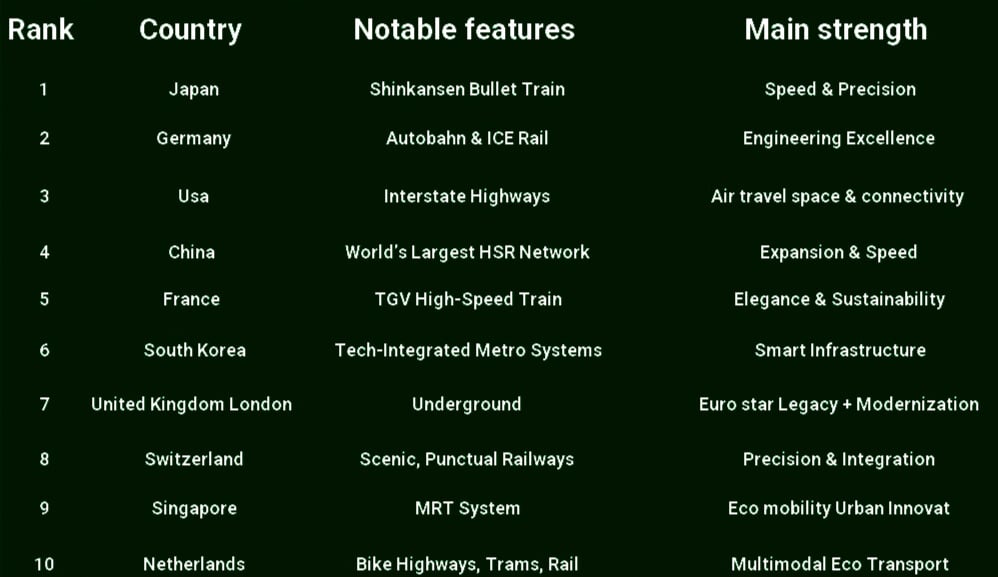
1. Japan – Technological Marvel of Mobility
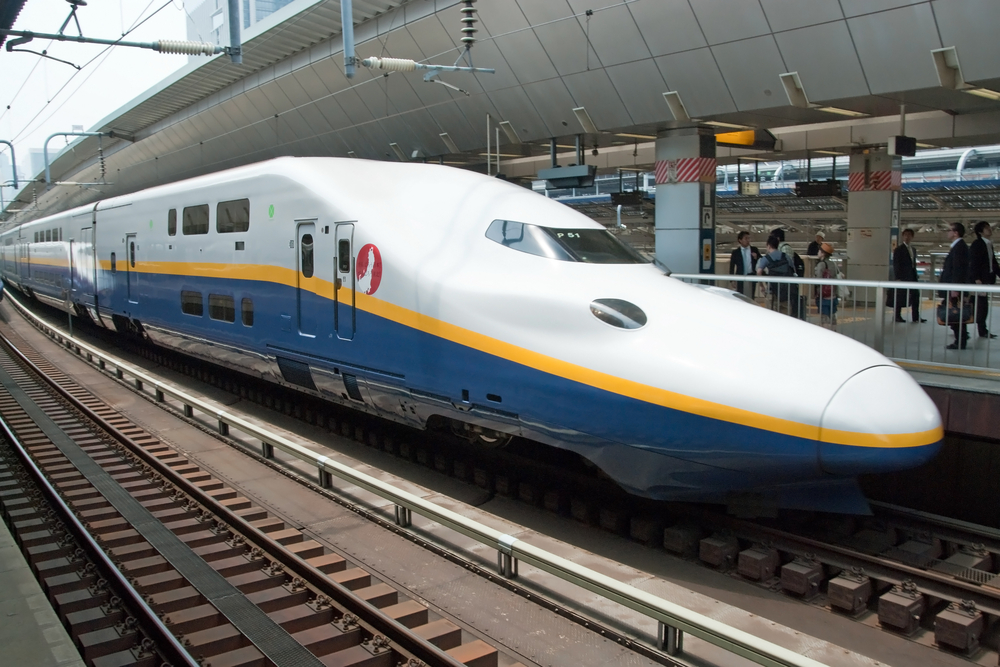
Key Highlights:
Home to the Shinkansen (Bullet Train) – one of the fastest and most punctual rail systems globally.
Dense and efficient urban rail and metro systems in Tokyo, Osaka, and Kyoto.
Seamless integration between trains, buses, and subways.
Why It’s Ranked #1:
Unparalleled efficiency, safety, and speed. The Tokyo Metro alone handles over 9 million passengers per day. Japan also leads in transport innovation and automation.
2. Germany – Engine of European Mobility
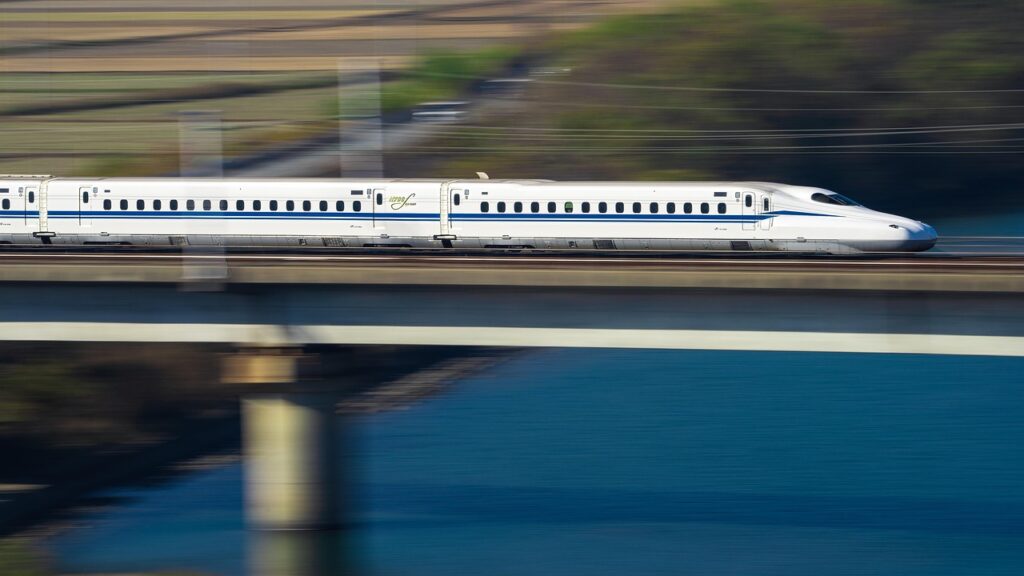
Key Highlights:
Autobahn: Known for sections with no speed limit and flawless maintenance.
World-class Deutsche Bahn rail network covering both cities and remote areas.
Major air hubs like Frankfurt International Airport serve as a global gateway.
Why It’s Ranked #2
High-speed rail (ICE), precise schedules, and green mobility innovations put Germany among the best in the world.
3. United States – Vast and Diverse Infrastructure
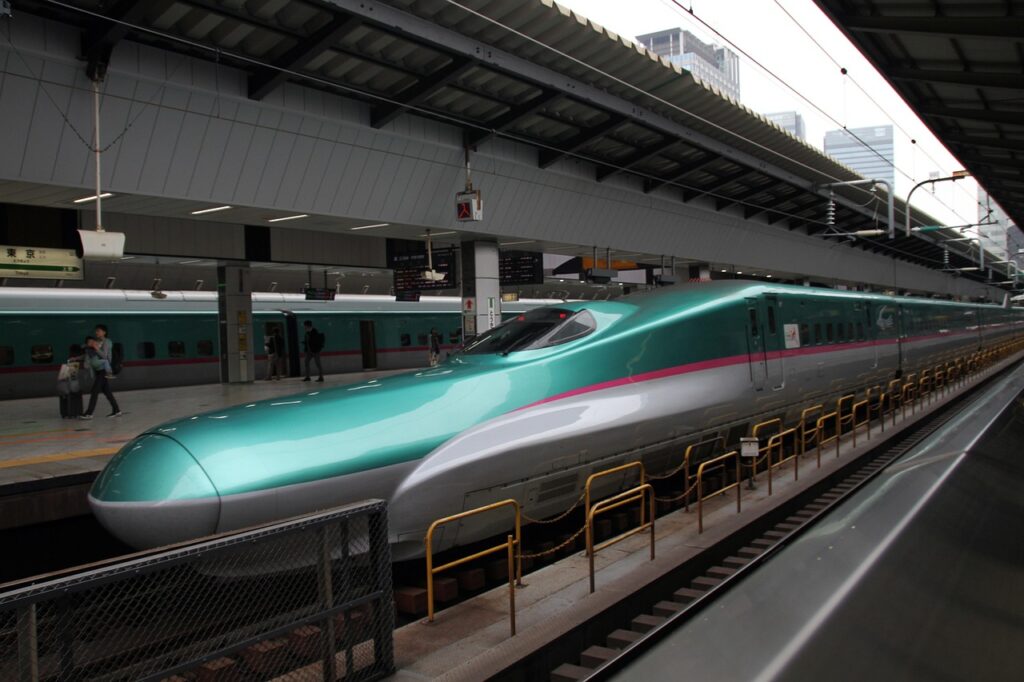
Key Highlights:
World’s largest highway network, including the Interstate Highway System.
Leading airline network: Major hubs include Atlanta, Chicago O’Hare, and LAX.
Expanding public transport in major cities: New York Subway, BART (Bay Area), and Chicago’s “L”
Why It’s Ranked #3:
Massive scale and variety. Despite some public transport shortcomings, the U.S. is unmatched in road and air transport infrastructure.
4. China – High-Speed Giant on the Move
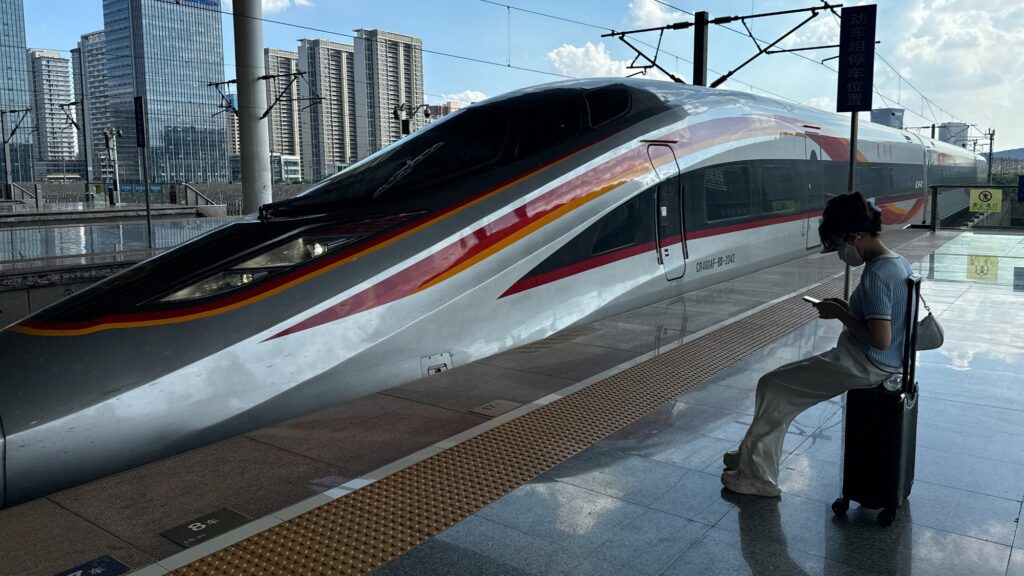
Key Highlights:
Largest high-speed rail network in the world (over 42,000 km and growing).
Smart cities with intelligent transit systems.
Rapidly expanding metro systems in cities like Beijing, Shanghai, Shenzhen.
Why It’s Ranked #4:
China has revolutionized national travel with efficient, affordable, and ultra-fast train systems. It’s also leading in electric public transportation adoption.
5. France – Elegance and Efficiency in Travel
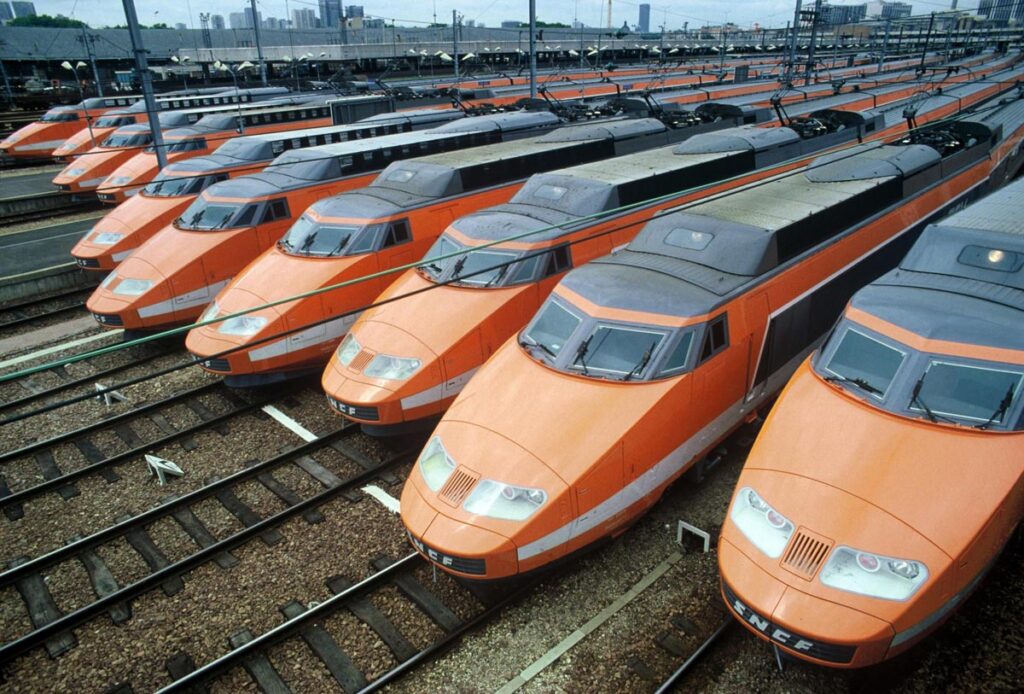
Key Highlights:
TGV (Train à Grande Vitesse): Among the fastest trains globally.
Strong urban metro systems, especially in paris.https://www.ratp.fr/.
Advanced cycling lanes and eco-friendly urban mobility.
Why It’s Ranked #5:
France combines speed, sustainability, and style in its national and urban transportation frameworks.
6. South Korea – Smart and Seamless Commuting
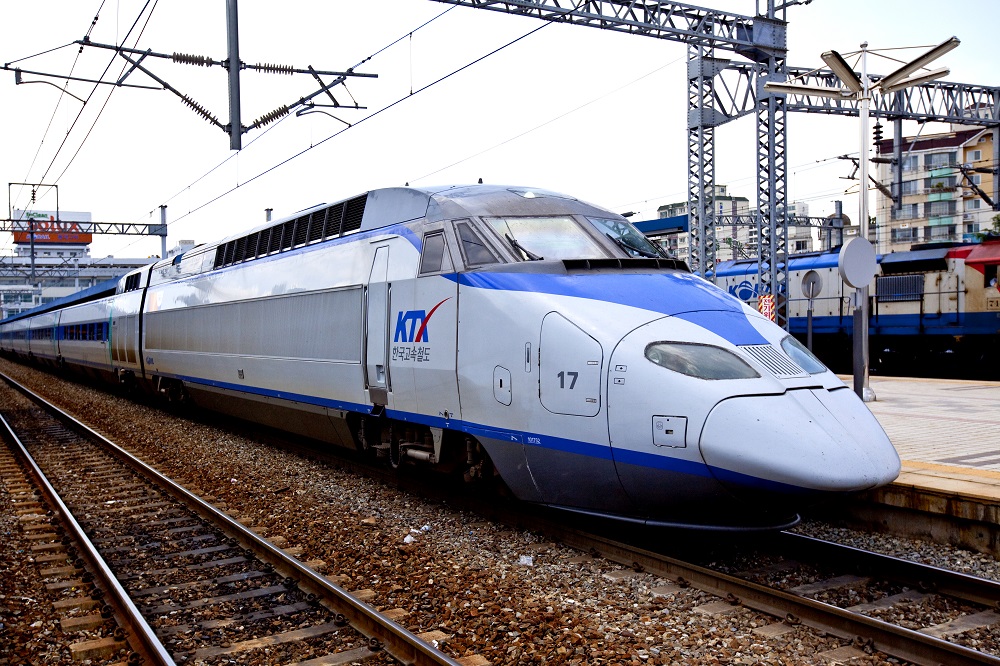
Key Highlights:
Seoul’s metro is one of the cleanest, safest, and most tech-integrated systems.
Nationwide high-speed rail: KTX (Korea Train Express).
Advanced bus tracking, Wi-Fi, and QR ticketing throughout transit systems.
Why It’s Ranked #6:
Blending technology with comfort, South Korea is a model for smart transportation.
7. United Kingdom – Legacy and Modern Integration
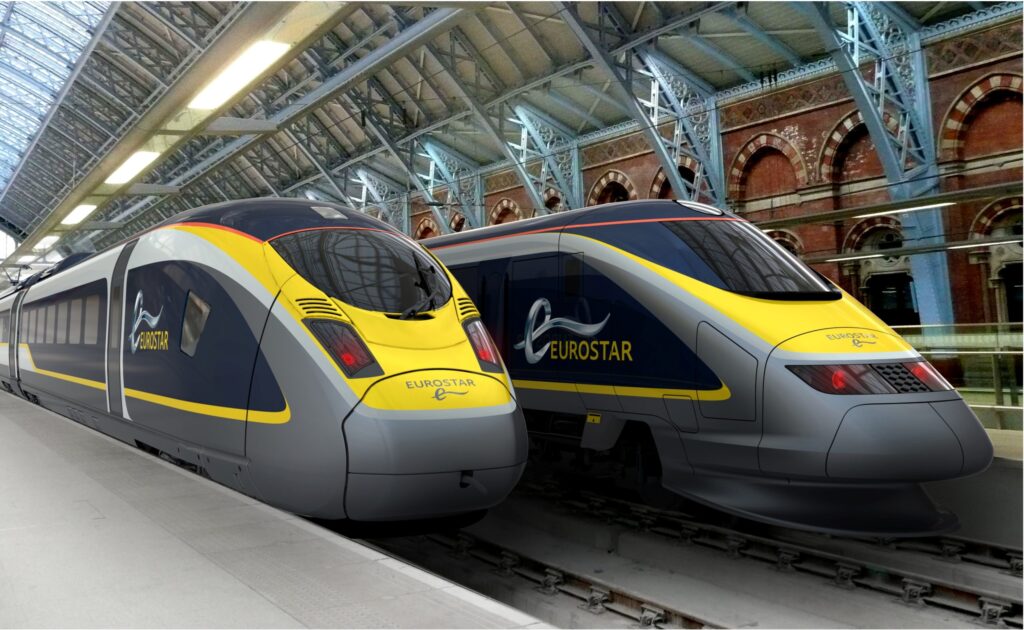
Key Highlights:
London Underground: The world’s oldest metro system, still among the busiest.
High-speed Eurostar links London to Paris and Brussels in under 2.5 hours.
Strong rail connectivity across England, Scotland, and Wales.
Why It’s Ranked #7:
Despite aging systems in some areas, the UK excels in inter-city rail and has made major green investments.
8. Switzerland – Precision and Punctuality
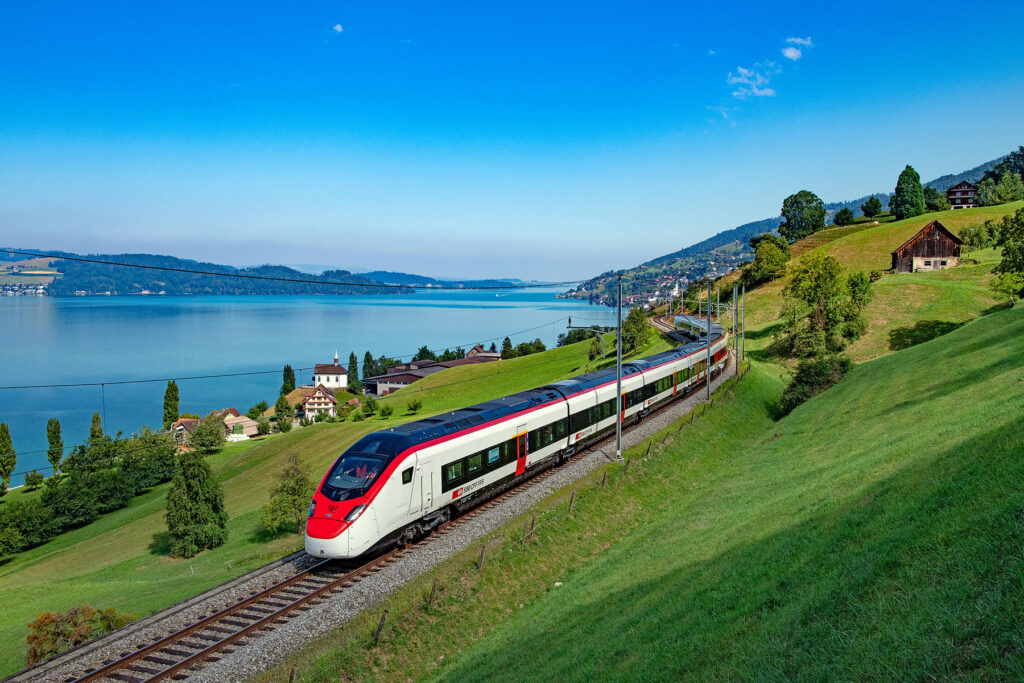
Key Highlights:
Dense and punctual rail networks across mountains and valleys.
Integrated ticketing across trains, trams, boats, and buses.
Beautiful scenic railways like the Glacier Express.
Why It’s Ranked #8:
Swiss transportation is synonymous with reliability, integration, and scenic efficiency.
9. Singapore – A Model for Urban Transit
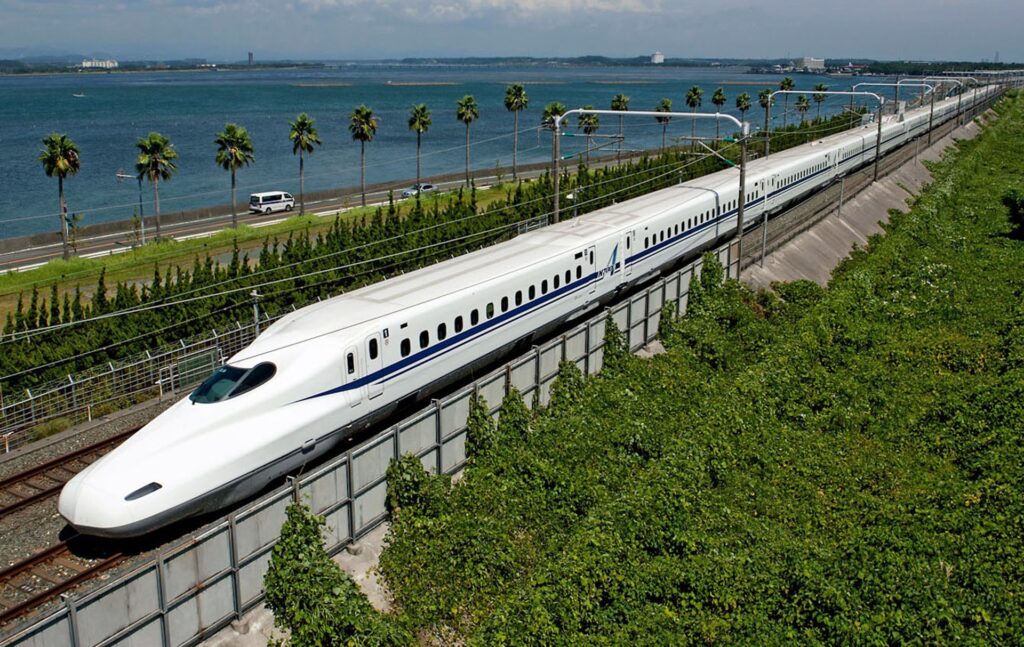
Key Highlights:
Award-winning MRT (Mass Rapid Transit) system.
Comprehensive bus and taxi systems with contactless payments.
Cutting-edge traffic management and sustainability practices.
Why It’s Ranked #9:
Singapore’s small size is maximized with an ultra-efficient and clean urban transportation network.
10. Netherlands – Bike Capital with Balanced Mobility
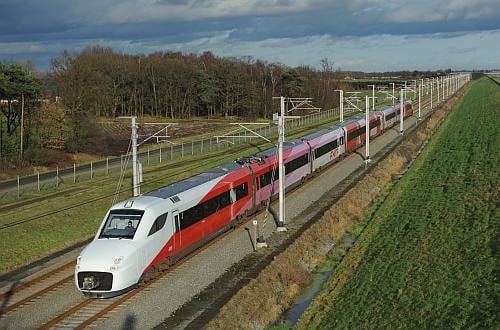
Key Highlights:
Extensive and safe cycling infrastructure.
High-quality public rail and tram services.
Amsterdam Schiphol: One of Europe’s busiest and best airports.
Why It’s Ranked #10:
The Netherlands champions multimodal transport with an emphasis on eco-friendliness and accessibility.
🌐 Special Mentions
UAE (Dubai, Abu Dhabi) – High-tech metro and futuristic transport projects like Hyperloop.
Australia – Long-distance rail and rising public transport efficiency.
Canada – Improving intercity rail and modern urban transit in cities like Toronto and Vancouver.
Brazil – Large bus rapid transit systems, especially in Rio and São Paulo.
Future of Global Transportation
Key Trends Shaping 2025 and Beyond:
Electric Public Transit – Buses, trains, and even taxis are rapidly going electric.
Smart Mobility – AI, real-time tracking, contactless travel, and predictive maintenance.
Sustainability Focus – Net-zero transport goals and green infrastructure investment.
Urban Micro-Mobility – E-scooters, bike-sharing, and walkable cities.
Hyperloop & Maglev Projects – Still experimental but promising for high-speed future travel.
